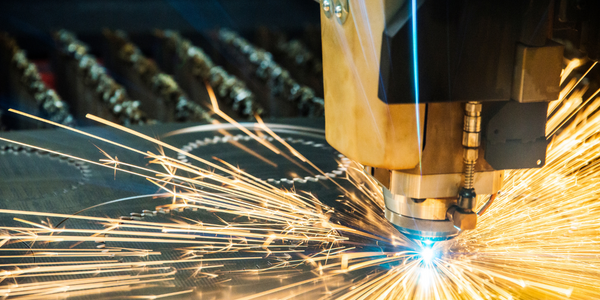Metal Fabrication

- Robots - Articulated Robots
- Robots - Robot Application & Programming Software
- Equipment & Machinery
- Process Manufacturing
- Material Handling Automation
As each mast section needs a total of 222 reliable welds, manufacturing them is an extremely labor intensive process.
Until recently, STROS had to use highly skilled welders to make these sections. Although it has been using robots for 25 years, these machines could not manage the complex arc welds in narrow spaces needed for these particular components. Consequently, in order to produce a satisfactory number of mast sections it had to employ three welders per shift at three separate workstations to make these pieces. Apart from the obvious outlay this required in terms of manpower and space, STROS found it increasingly difficult to recruit the highly qualified welders needed for this work. That's why in 2007 the company decided to hold a tender for the complete robotization of its manufacturing process for mast sections. Of the four firms who participated, only the ABB group could fulfill all its requirements.
The process arm's fluid interaction with the positioner is an impressive feat of balletic synchronicity, which according to Škorpa could not have been achieved without ABB's readiness to work closely with STROS in designing the system. STROS uses a rotating IRBP 500 D positioner with two workstations to hold the individual parts of the mast section that are to be welded before the final piece is completed. This means that the robot is in constant use, because an operator can prepare pieces for welding on one side of the positioner while the other part is being welded.
The positioner then rotates and welding continues while the operator removes the completed part on the other side and prepares the next component. The standard combined cycle time for making one mast section is 54 minutes, which is three times quicker than the time required by a human welder to make the same piece.
Related Case Studies.











